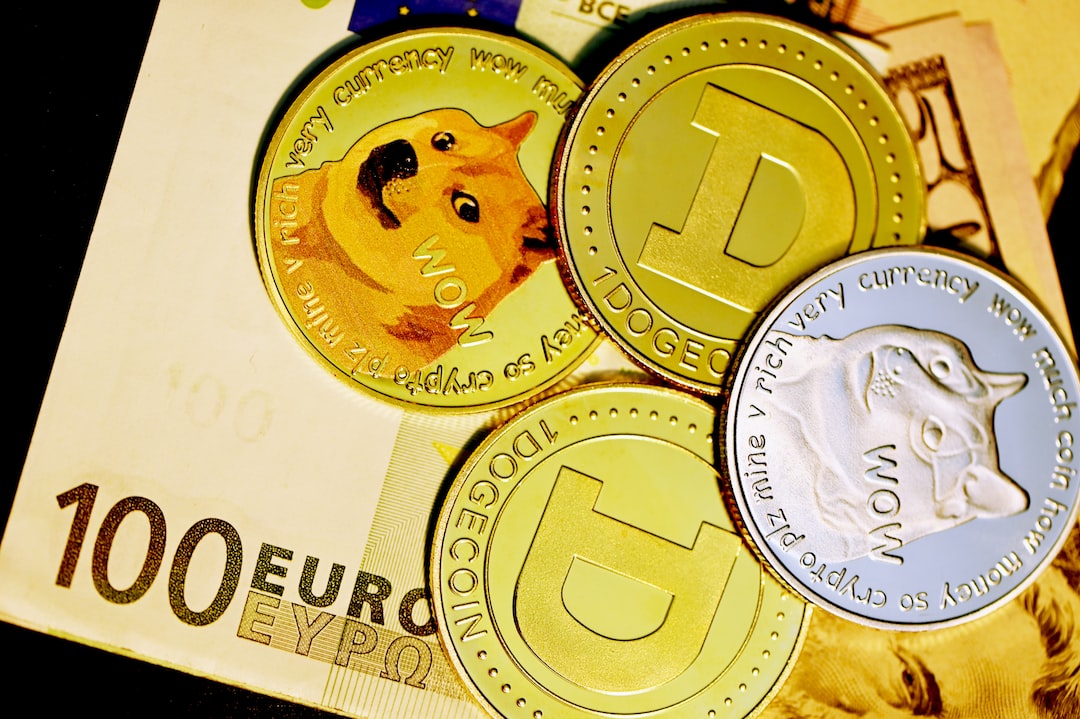Major Global Currencies Steady as Dollar Weakens
Major global currencies were stable early on Monday, indicating a potential continuation of last week’s upward trend. The dollar, after the Federal Reserve adopted a less hawkish stance, is nursing its losses. The dollar index remained unchanged at 105.11, while the euro was valued at $1.0726. Last week, the dollar index experienced a significant decline of over 1%, marking its most substantial fall since mid-July and hitting a six-week low.
Factors Contributing to Dollar Weakness
The recent strength in world stocks and the expectation that the Fed has concluded its rate hikes have contributed to the weakening of the dollar. Additionally, weak U.S. jobs data, softer manufacturing numbers globally, and a decrease in longer-term Treasury yields have all impacted the dollar negatively. As a result, sterling and the Aussie dollar rallied, and the yen rebounded from its weaker position against the dollar.
Tina Teng, a market analyst at CMC Markets in Auckland, believes that this trend will continue throughout November. She explained that there is an expectation for central banks like the Fed to end their rate hike cycles sooner due to the positive impact of bad news.
Cautious Outlook on Dollar Strength
J.P.Morgan Securities analysts expressed caution despite the recent decline in the dollar. They believe that although some factors supporting USD strength have weakened, they may re-emerge over the medium term. For a sustained dollar selloff, improvement signs are needed in regions such as China and Europe’s euro zone.
Impact on Treasury Yields
Last week saw a slump in Treasury yields due to soft U.S. jobs and manufacturing data, as well as comments from Fed Chair Jerome Powell regarding balanced risks. Furthermore, the U.S. government reduced its refinancing estimate for the quarter and announced lower increases in long-dated debt auctions than expected.
Market Expectations on Policy Changes
Following recent developments, futures markets indicate a 90% probability that the Fed has completed its rate hikes and an 86% chance of the first policy easing by June. Additionally, there is an 80% likelihood that the European Central Bank will cut rates by April, while the Bank of England is expected to ease in August.
Impact on Yen, Sterling, and Gold
The Japanese yen weakened slightly against the dollar, suggesting that intervention by Japanese authorities may not be necessary at this time. Sterling remained steady, awaiting Britain’s fourth-quarter GDP data release this week. Although it rallied last week, it is still down approximately 6% over four months. The decline in the dollar and yields supported gold prices near their recent five-month peak of $2,009.
Cryptocurrencies and Bitcoin
In the world of cryptocurrencies, bitcoin experienced a 1.23% increase, reaching $35,057.20. The expected conclusion of central bank tightening cycles has boosted this risky asset. Additionally, there is anticipation surrounding new spot bitcoin exchange-traded funds (ETFs), which could open up the market to more investors.
Hot Take: Dollar Weakens as Global Currencies Remain Steady
The dollar’s decline continues as major global currencies remain stable. Factors such as a less hawkish Federal Reserve stance, weak U.S. economic data, and lower Treasury yields have contributed to this trend. While some analysts express caution about sustained dollar weakness and anticipate a re-emergence of USD-supportive factors in the medium term, others believe that the trend will persist. Market expectations also suggest policy changes by central banks, with a high probability of rate cuts by the European Central Bank and easing by the Bank of England. Overall, the dollar’s weakness has had an impact on other currencies, Treasury yields, and even cryptocurrencies like bitcoin.





 By
By
 By
By
 By
By
 By
By
 By
By